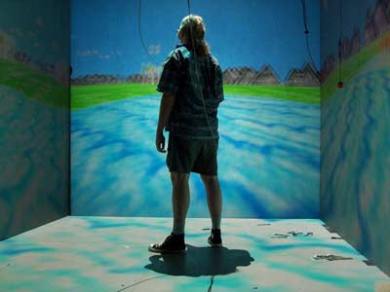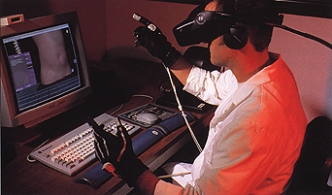Virtual Reality and the Future of EdTech
As technology advances further and further into the future, where can we expect it to land in the field of education? How can it advance e-learning?
Innovations once thought too advanced for children or too expensive for individual classrooms are working their way into the e-learning atmosphere. Take the computer for example. Only 15 years ago it was far from a staple in the classroom; today, a full-form educational experience without an interactive computer oriented program is considered tremendously outdated.
The technological innovations of today are becoming more personalized and adaptable to various endeavors. Your smartphone has essentially replaced the telephone, camera/camcorder, instant messenger, computer, mirror, calculator, tuner, calendar and more.
Smartphones have already been integrated into education by connecting students, teachers and curriculum in any location at any time. But how will some of the more advanced technology make its way to the classroom and/or advance online learning?
Virtual Reality. A gaming focused innovation that has trained the armed forces and pilots, helped phobic people face their fears and others live out their fantasies.
Virtual reality may be the solution to connecting online classes in a 3D manner. Allowing students to communicate and interact in an augmented setting, it sounds like an expensive solution to a minor problem. But compare an online biology textbook to the ability to maneuver a magnified cell’s organelles with your hands–to move the mitosis process along yourself. What if surgeons in training could perform open heart surgery before they actually perform open heart surgery? Not only should comprehensibility increase, but interest as well.
The amazing thing is that this is more than an imaginative idea, it’s here.



Recent Comments